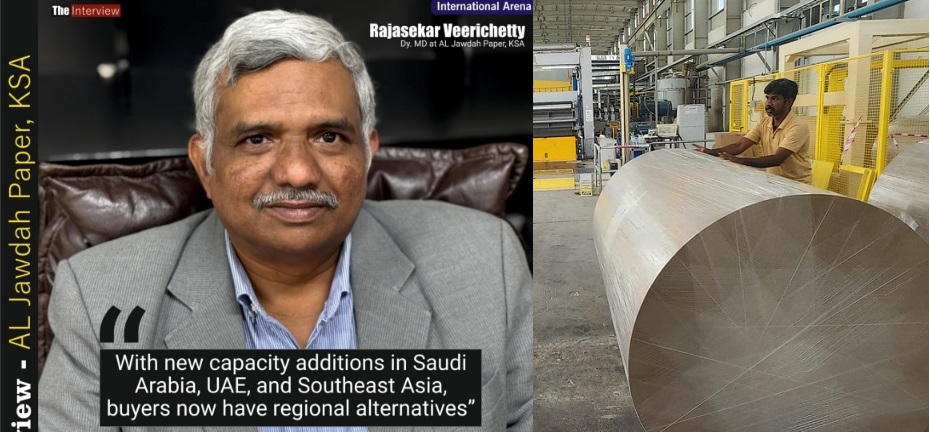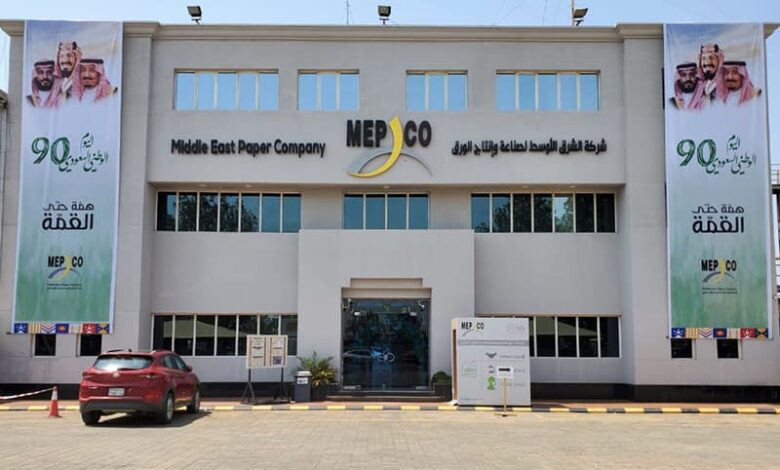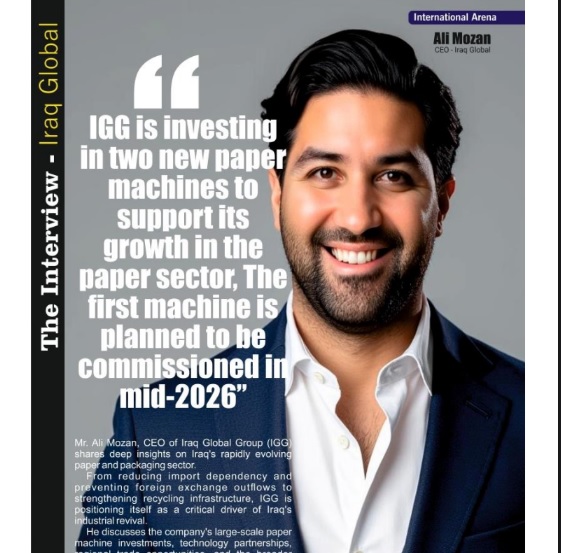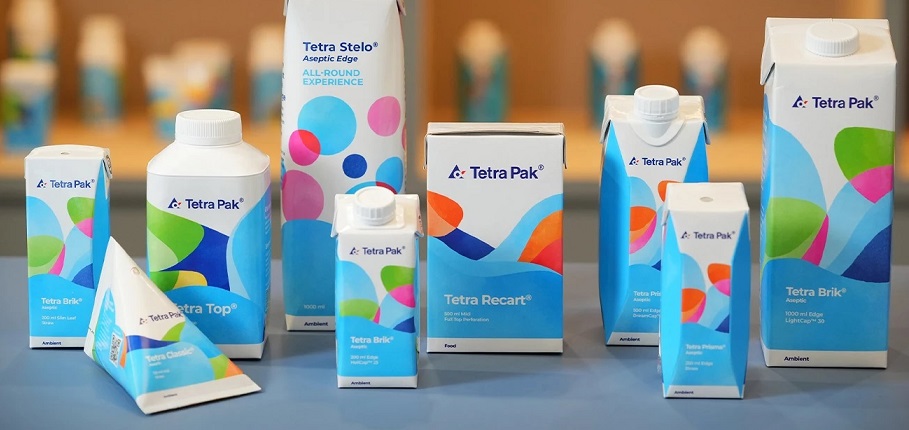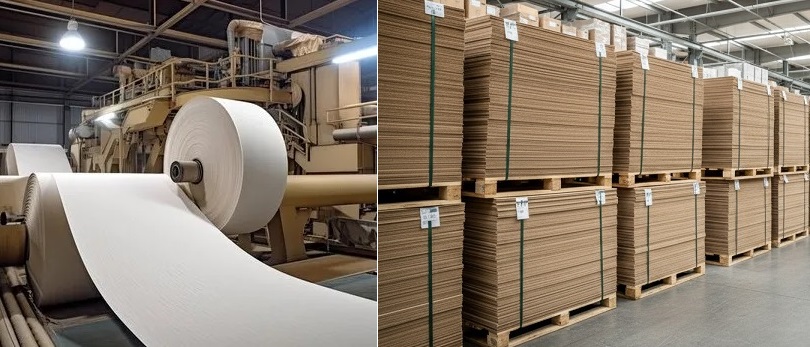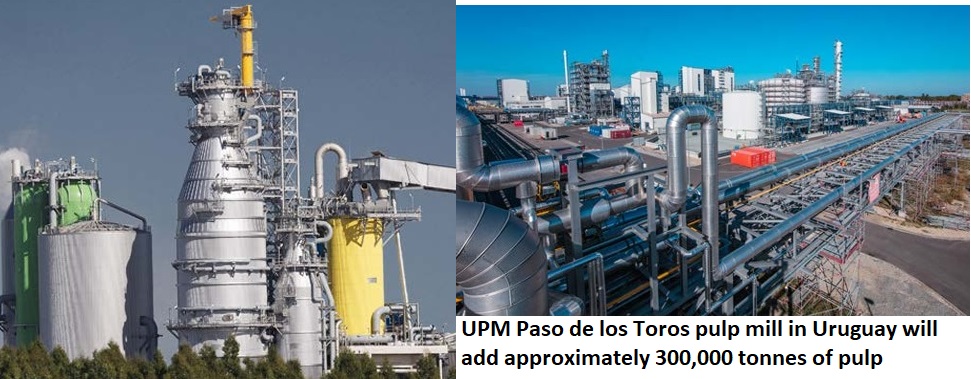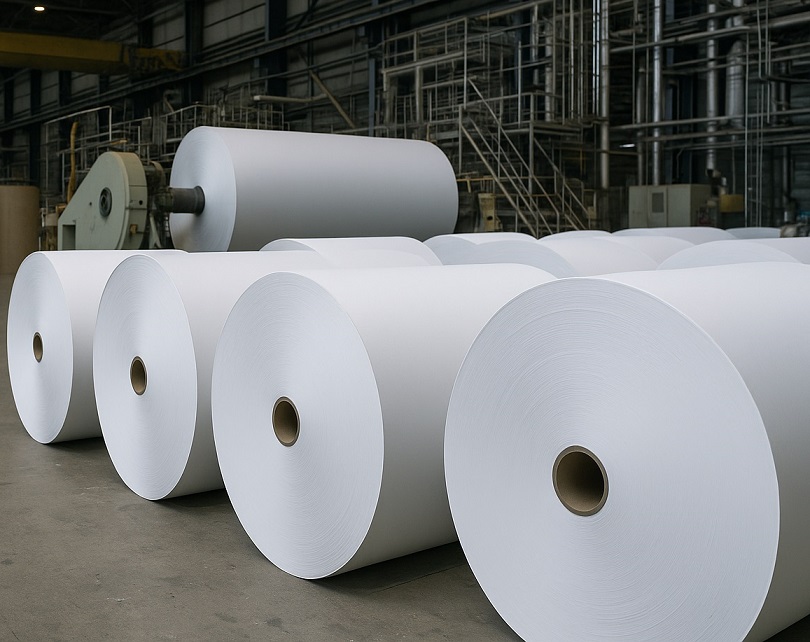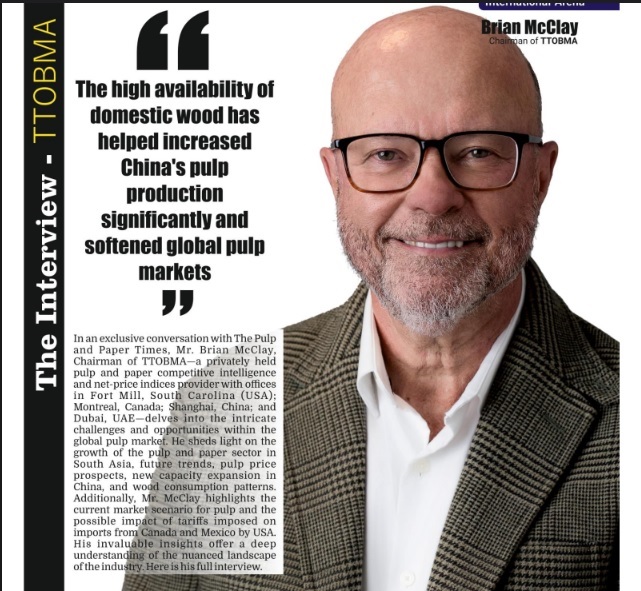Waste Shipment Regulation: It's not a ban, but it could potentially become a trade obstacle
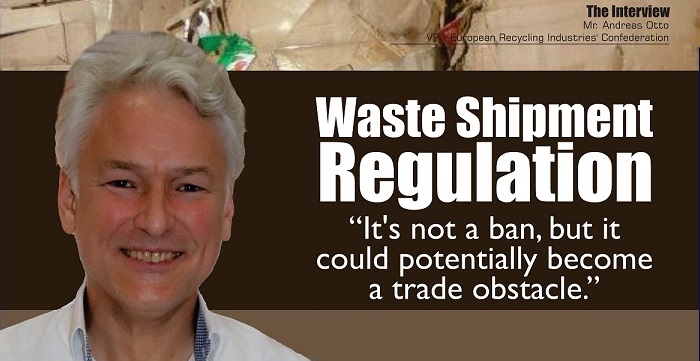
Waste Shipment Regulation: It's not a ban, but it could potentially become a trade obstacle
-Paper mills have to give a proof of a broadly equivalent standard to the recycling process in Europe
-You’re (Paper Mill) looking for a sustainable supply and we as Europeans are looking for sustainable outlet
Recently, The Pulp and Paper Times interacts exclusively with Mr. Andreas Otto, VP- European Recycling Industries' Confederation during his visit to India. Mr. Otto spoke about various issues related to recovered paper export to India, the Proposed Ban of EU, and other burning issues. Here is his full Interview:
Q: Ban on the export of OCC has been lifted by the European Union, what trend do you see in price of OCC in the coming time?
Well from the Europe point of view you always have to benefit various factors. We are seeing huge demand, be it in Europe, be it in overseas. India is the major overseas market for Europe. The main factor from my perspective is the logistic costs. The ocean freight market is still disrupted, and now we are seeing freight rates from Europe into India which are three times of what used to be prior to Corona times. Of course, it will hardly be back to where it was but once the freight rates are dropping, once the ocean freight market is getting back to what I would consider a “newnormal” the OCC prices should drop accordingly. There's already light at the end of the tunnel. The question is just how long the tunnel is and if I should make an educated guess, very difficult to guess in these times, I would see a drop maybe by end of this year latest beginning of next year.
Q: The President of the World Packaging Organization has said that plastic bag has seven times less environmental impact compared to paper because paper making involved energy-intensive resources, what do you think about his claim?
Well, we have the overall trend worldwide that plastic bags are being replaced by paper bags. Let me put it this way from the paper perspective, I do appreciate the trend, of course. On the one hand side, you're right the energy costs are much higher for the production of paper versus plastic. On the other hand, if you have an outlook to what happens to plastic vs. what happens to paper from an environmental sound manner? May be paper is the better solution.
Q: How do you compare the recovered paper collection rate of India with European recycling industry?
if I'm right, the collection rate over all Europe, the average rate is like 55%, If I'm correct, in Germany it's even up to 80% and versus India where it is just above 30%. We have a different system in Europe as you're having in India. Of course, from the environmental point of view it is visual but also the collection rate in India is increasing. We have seen over the last years a high increase on the imports of recovered paper. I think in 2021 It was like 8.5 million tons. Of course, one of the reasons is that you're having a flourishing paper industry, which is very good. Congratulations for that. On the other hand, the collection rate remains on a relatively low level and of course, from an environmental point of view it is wishful that the collection rate could be any higher. So maybe the system needs to be adjusted somehow.
Q: The EU Commission has issued the proposal for the new legislation on the export of waste (Proposal for a regulation by the European Parliament and the Council on shipments of waste), which will also rule the exports of recovered paper. This will mean that European paper mills will have access to unlimited supplies of very cheap recovered Paper. How will this regulation be going to affect the paper mills?
The European Union is revising the Waste Shipment Regulation under the so called “EU Green Deal”. The European Commission has published a draft revised regulation last November but the legislative process is still ongoing and may be finalised in the course of next year. Additionally, there will be a transition period which takes about another three years. So maybe by 2026 you will see the implementation of that new regulation. It's not a ban we are talking about, but it could potentially become a trade obstacle. What will come is what is being called a “broadly equivalent standard”, which means that countries overseas where recovered paper is being shipped to plus the paper mill itself have to give a proof of a broadly equivalent standard to the recycling process in Europe. There will be some kind of an audit to prove that but we just don't know how the audit process will exactly look like. The devil is in the detail and no one can tell how difficult the audit process will be as per today. If you compare it with the UK’s packaging recovery notes (PRNs) system, for instance, it will not be that easy, but maybe at the end of the day it's just another certificate like ISO what the paper mills need to get.
As everyone is concerned about that I would simply suggest that actually the Indian Associations is keeping an eye on that issue and please keep in mind that you're having friends in Europe, which is like the Association I'm representing, which is ERPA, the recovered paper branch of EuRIC, and I strongly suggest keeping close contact to make sure that we all on the same page. And once there's anything new, we are glad to inform the Indian associations accordingly.
Q: Indian Paper industry is highly dependent on the European OCC material, how does ERPA ensure the long-term sustainability in the supply of the OCC to the Indian contingent?
India has turned into the major overseas market for the export of recovered paper. In Europe we do have a generation of 56 million tons of recovered paper per annum overall. Out of that, 8 million tons are being exported of which two to three million tons are being exported into India nowadays. It's a market at the end of the day and the overseas market must compete with the domestic markets in Europe. At the same time, you have to keep in mind that recovered paper is something which is difficult to store for a longer period of time. So, on the one hand side, we are having the surplus and even though new capacity is coming up in Europe, still being estimated five, maybe 6 million tons will still be exported. Therefore, Europe needs a good sustainable outlet overseas. So, you're looking for a sustainable supply and we as Europeans are looking for sustainable outlet. And since the paper industry in India is as I said, flourishing and new capacities coming up, we're looking forward in a long-term sustainable supply. And we have been long-term partners already, I remember that the first time I attended the Paperex was back in 2002 when other markets were not even in the picture. Long story short I’m very optimistic since there will be a surplus of recovered paper in Europe seeking for a reliable and sustainable outlet which is India from my point of view.
Q: There is a 6% to 7% growth per annum in the Indian Paper industry, where do you see the Indian Paper industry in next ten years?
I would say that looking to India, I'm having like more than I don't know 400 paper Mills in mind which is more than impressive. India relies a lot on the domestic market, but I think to keep this growth continuously, it's important that Indian finished paper is more exported in large volumes. So taking the6% to 7% growth per annum, I do see this increase over the next five years and don't get me wrong, but to make an estimate for more than five years, it´s a little bit difficult.
Q: There is a thought of us, that can all the paper mills form a collegiums / or induct a central nodal agency who will actually buy the imported OCC on behalf of paper mills with negotiable or at lower price?
A: It is a very smart question. Let me put it this way, the idea behind your question is to get a better grip on the market for the sake of sustainability and price. First, you need to consider that we have different market pattern in the domestic European market. It is more based on long-term contracts, whereas in the overseas market, India, Southeast Asia…, is more like a spot market in the sense that material is committed monthly. It is generally in the interest of the European vendors to have long-term contracts rather than short-term contracts, be it one year, half year, be it three months. European contracts are based on fixed prices or linked to an index. In addition, when it comes to overseas trade you must balance various volatile factors such as the ocean freight market, exchange rate € against US$ etc. which also needs to be fixed for the validity of the long-term contracts. If there's some willingness at the Indian paper mills side, I would also suggest that you may think of long-term contracts with European vendors maybe in addition to short-term contracts in the first place. Maybe this is the key for a sustainable supply in future.
Q: Any message for the Indian Paper industry?
Future Sustainable Supply Key: Think of a long term contract for 3 months or 6 months. I'm glad to be here. I wish you all the luck since we're on the same boat here so the better the Indian paper industry is doing the better for us so I'm looking into a bright future. Thanks for being here. Thank you.
Web Title: Waste Shipment Regulation It's not a ban, but it could potentially become a trade obstacle





 Join WhatsApp Group
Join WhatsApp Group Join Telegram Channel
Join Telegram Channel Join YouTube Channel
Join YouTube Channel Join Job Channel (View | Submit Jobs)
Join Job Channel (View | Submit Jobs) Join Buy Sell Channel (Free to Submit)
Join Buy Sell Channel (Free to Submit) Paper News Headlines Channel (Free to read)
Paper News Headlines Channel (Free to read)



